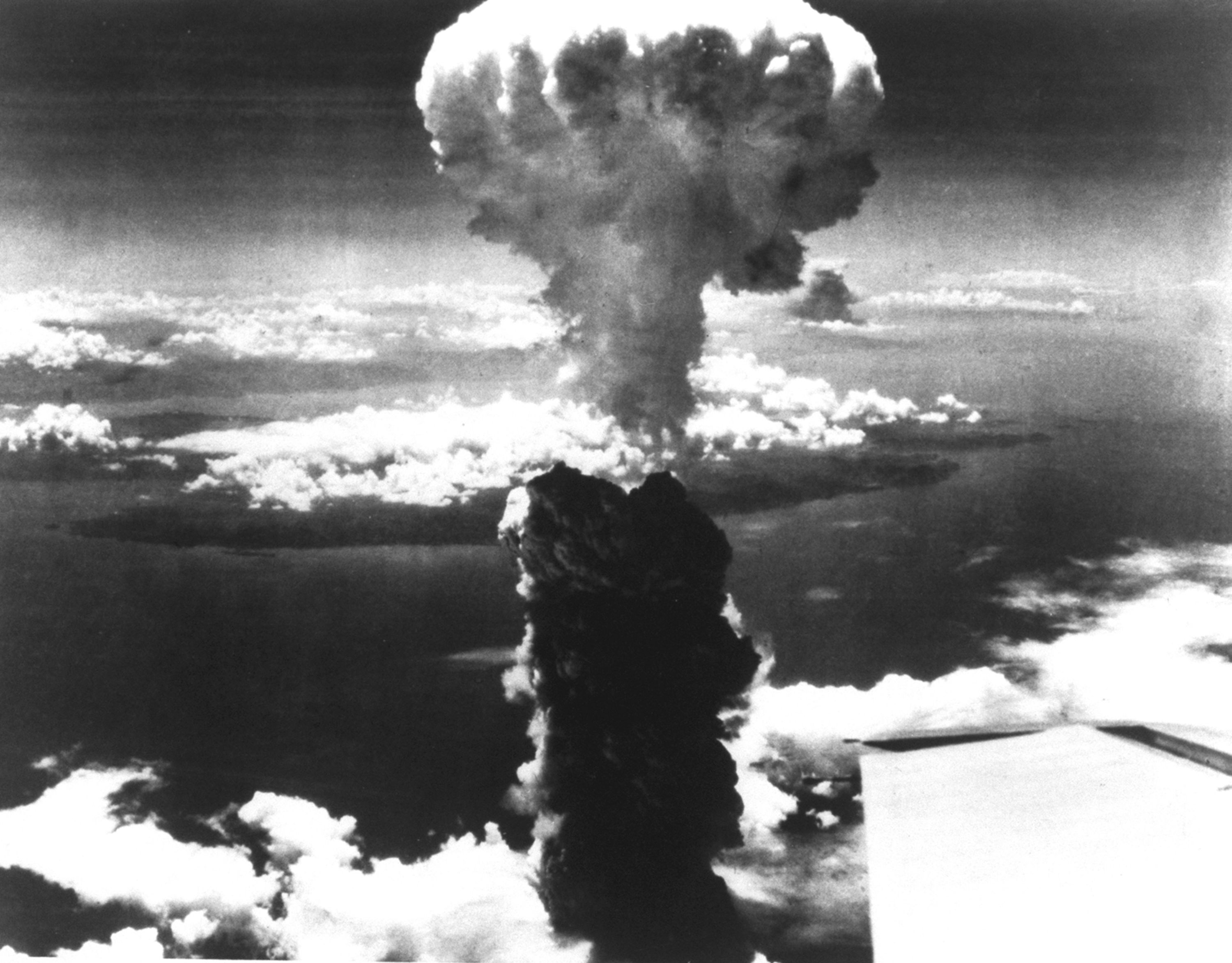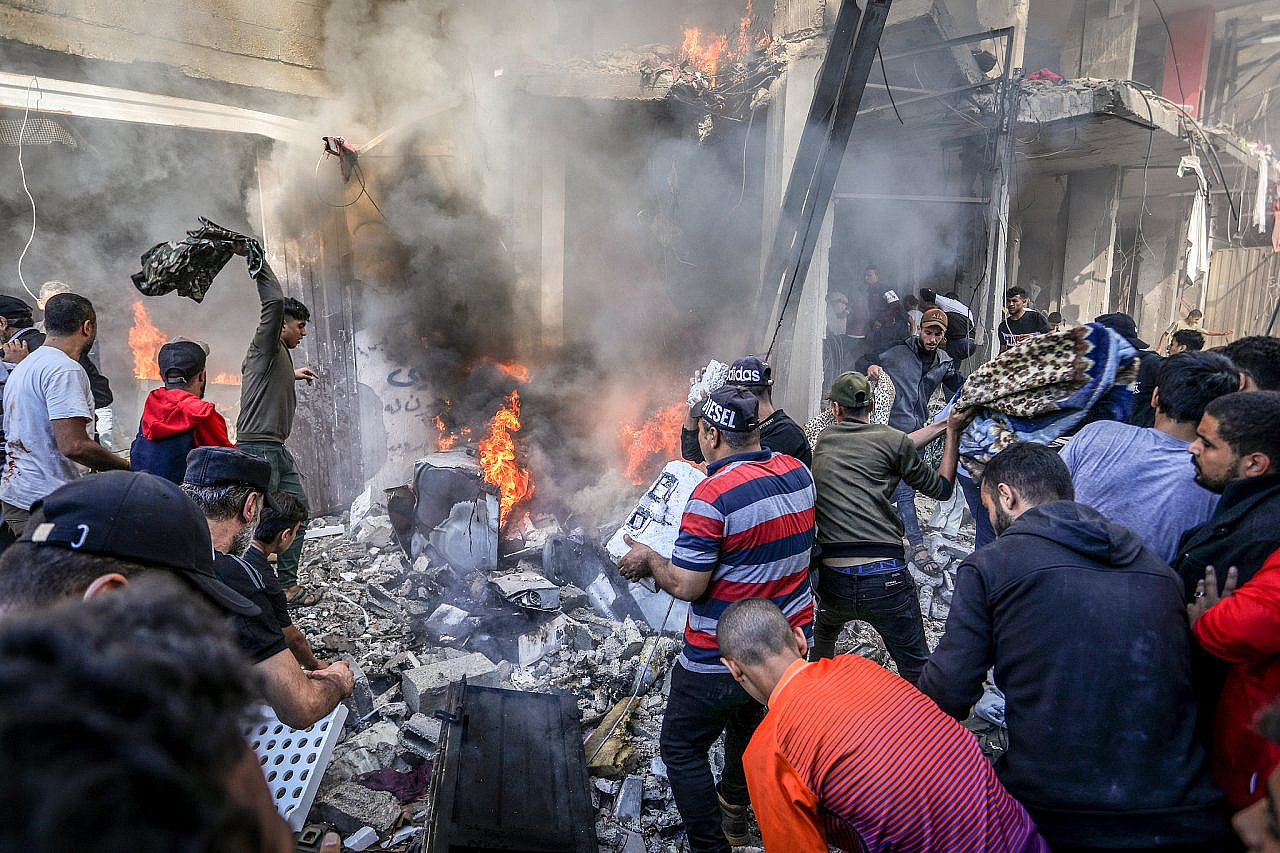 The number of U.S. troops killed by roadside bombs in Afghanistan soared by 60 percent last year, while the number of those wounded almost tripled, new U.S. military statistics show.
The number of U.S. troops killed by roadside bombs in Afghanistan soared by 60 percent last year, while the number of those wounded almost tripled, new U.S. military statistics show.
All told, 268 U.S. troops were killed by the improvised explosive devices, or IEDs, in 2010, about as many as in the three previous years combined, according to the figures, obtained by The Washington Post. More than 3,360 troops were injured, an increase of 178 percent over the year before.
Military officials said an increase in attacks was expected, given the surge in U.S. and NATO troops, as well as the intensified combat. Even so, the spike comes despite a fresh wave of war-zone countermeasures, including mine-clearing machines, fertilizer-sniffing dogs and blimps with sophisticated spy cameras.
The U.S. military has struggled for years to find an antidote to the homemade explosives. IEDs - concocted primarily of fertilizer and lacking metal or electronic parts that would make them easier to detect - are the largest single cause of casualties for U.S. troops, by a wide margin.
Army Lt. Gen. Michael L. Oates, the director of a Pentagon agency dedicated to combating the bombs, noted that the percentage of IED attacks that have inflicted casualties - on U.S., NATO and Afghan forces, as well as Afghan civilians - has actually declined in recent months, from 25 percent last summer to 16 percent in December, according to U.S. military statistics.





 The United States will mark the 84th anniversary of the Japanese attack on the U.S. naval...
The United States will mark the 84th anniversary of the Japanese attack on the U.S. naval... On Monday, August 6, 1945, after six months of intense firebombing of 67 other Japanese cities,...
On Monday, August 6, 1945, after six months of intense firebombing of 67 other Japanese cities,...:focal(1285x1016:1286x1017)/https://tf-cmsv2-smithsonianmag-media.s3.amazonaws.com/filer_public/d1/4e/d14ed238-3b62-4506-9f53-fc2178dade60/nov2025_d17_prologue.jpg) In the fall of 1945, a bit more than six years after Nazi Germany invaded Poland...
In the fall of 1945, a bit more than six years after Nazi Germany invaded Poland... In 2021, a book titled “The Human-Machine Team: How to Create Synergy Between Human and Artificial...
In 2021, a book titled “The Human-Machine Team: How to Create Synergy Between Human and Artificial...






























